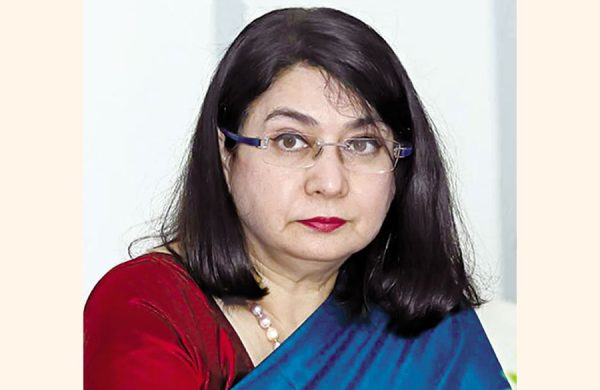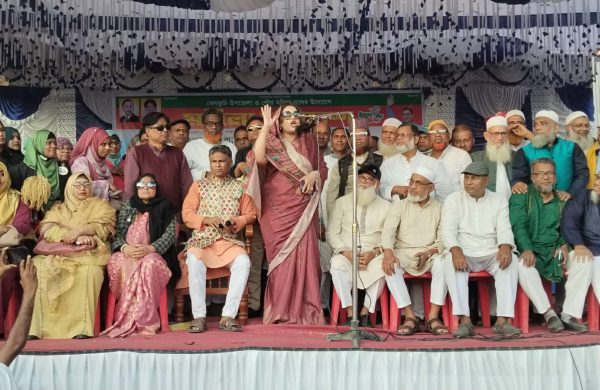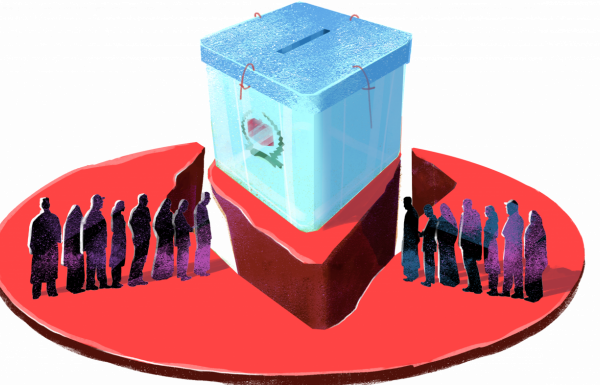Circular Economy in Agriculture Circular Economy in Agriculture
- Update Time : Friday, October 31, 2025

—Dr M Jamal Uddin—
In today’s world, the scarcity of natural resources and the amount of waste are increasing day by day. In this situation, an effective concept for sustainable development is the circular economy. Agriculture is a sector that uses about 70% of fresh water globally and contributes about 25% of total greenhouse gas emissions. Therefore, the application of the circular economy in agriculture means returning to the “reduce–reuse–recycle” principle instead of the conventional “take–make–dispose” method – where waste from one sector becomes raw material for another sector.
According to FAO (2023), about 1.3 billion tons of food are wasted in the world every year. A large part of this waste decomposes in landfills and releases methane gas, which is 25 times more harmful than carbon dioxide. According to relevant sources, about one-fifth of the total food produced worldwide is lost or wasted. This amounts to one billion meals or food per day. About one trillion dollars is lost annually due to waste. According to the Food Waste Index Report 2024 released by UNFP, 14.10 million tons of food is wasted in Bangladesh every year. At a recent CPD seminar in Dhaka, Fisheries and Livestock Advisor Farida Akhtar said, “About 21 million tons of food is wasted in the country every year at various stages, starting from the farmer’s farm to reaching the consumer’s table.”
According to FAO (2023-24), food waste in Bangladesh is 12 million tons per year, compared to a global average of 1.3 billion tons. According to BARC (2023), the crop residue of rice, wheat, and maize is 45 million tons per year. BARC/FAO STAT (2023-24) estimated that the use of chemical fertiliser per hectare in Bangladesh is 280kg, compared to a global average of 135kg. According to IDCOL (2023), there are more than 1,00,000 biogas plants operating in Bangladesh. The main principle of circular agriculture is to increase soil fertility and biodiversity through the restoration of natural resources such as organic fertiliser, crop rotation, and the addition of organic matter.
Reuse of waste, especially crop straw, dung, food waste, etc., into fertiliser, fuel or animal feed, and use of bio-based materials and renewable fuels in agricultural production and processing. An example of circular practice in Bangladesh can be the use of compost and bio-fertiliser. Instead of burning crop residues, converting them into compost increases soil organic carbon by 20-30% and reduces the use of chemical fertilizer by up to 40%.
Biogas production, such as gas produced from cattle dung, is used for cooking and lighting; each plant produces about two cubic meters of gas and 15-20kg of fertiliser per day. Water reuse in drip and sprinkler irrigation saves water by 40-50%, and electricity costs reduce by up to 30%. By increasing industrial-sector linkages, rice husk fuel, fruit peels animal feed, and sugarcane bagasse to bio-paper – these are examples of circular agriculture. In the Netherlands, greenhouse farming and animal husbandry have combined to turn manure and waste into each other’s resources. In Japan, the “Eco-Feed Programme” has reduced food waste by more than 30% by converting food waste into animal feed.
According to the information prepared by Burke and IDCOL (2023) on the potential benefits of circular agriculture in Bangladesh, if an initiative is taken to compost 20 percent of crop residues, nine million tons of compost will be obtained as the main output per year, which is expected to result in saving 2,00,000 tons of chemical fertiliser.
If an initiative is taken to biogas from 50% of cow dung, 1.2 billion cubic meters of biogas will be obtained as the main output per year, which is expected to result in replacing 4,00,000 tons of LPG. Implementing precision irrigation in 25% of the irrigated area will save 1.5 billion cubic meters of water as the main output, which will reduce irrigation costs by 20% as the expected result. Reusing food waste is shown as the main output, which is shown as two million tons of animal feed and food imports will be reduced by 10%.
According to an analysis by the World Bank (2023), the implementation of circular agriculture can increase the net income of farmers by 10-15% and reduce carbon emissions by up to 30%. There are several challenges in implementing circular agriculture, such as lack of awareness, lack of technology, financing constraints and weakness of waste collection systems. For this, there is a need for policy support such as introducing “Green Credit” and “Carbon Farming Incentive”; setting up “Community Compost Hub”; implementing “Waste-to-Resource Project in Public-Private Partnership”; expanding demonstration projects through research and extension organisations, such as BARI, BRRI, BINA, DAE.
Circular economy is no longer a luxury for sustainable agricultural development in Bangladesh; it is now a necessity. The circular economy, which integrates crop-livestock-biogas-compost, renewable energy-based irrigation system, and expanding the market for organic products, will open new horizons for sustainable development. It is not just a concept of waste management but a sustainable life cycle where production, processing, and reuse complement each other. The future of sustainable agriculture will depend on how efficiently we can “reuse, recycle, and recover”. It can be an effective means to implement Sustainable Development Goals (SDGs) 2, 12 and 13. Therefore, a national ‘circular economy’ model is essential for the sustainable development of agriculture.
————————————————————————————-
The writer is Principal Scientific Officer, BARI. He can be reached at [email protected]


















